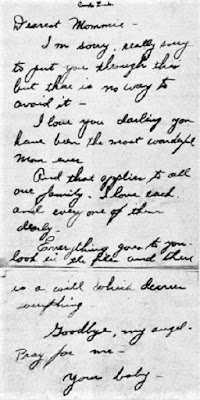What motivated Carole Landis, a lovely and successful young actress, to end her life with an overdose of sleeping pills on the evening of July 4, 1948?
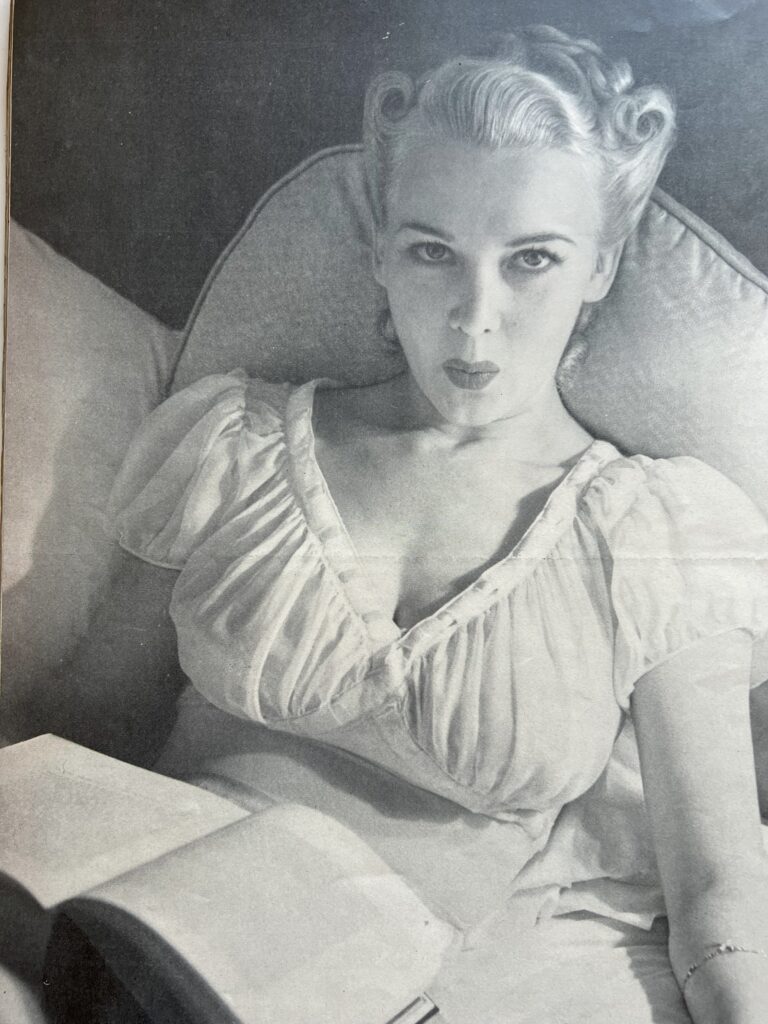
CAROLE’S EARLY LIFE
Carole Landis was born Frances Ridste on January 2, 1919, in Fairchild, Wisconsin. She often reported her birthdate as January 1st because she was obsessed with holidays and tried to align important dates in her life with them, as one notes from the date of her suicide.
At the age of four, her family moved to San Bernardino, California, where her twice-divorced mother attempted to raise Carole and her siblings alone. Their family suffered a travesty on July 15, 1925, when Carole’s brother, 11-year-old Lewis was killed by an accidental gunshot wound. It was the family’s second tragedy since another son had died in 1917 by drowning, in a freak home accident where he had fallen into a laundry tub containing scalding water.
Stage-struck Carole eventually dropped out of high school at 15 to embark on a show business career. Considered “precocious” for her age, a euphemism at the time for being exceptionally well-developed, Landis set out for San Francisco, where she performed at the Royal Hawaiian nightclub, dancing the hula. After a few years Landis moved south and appeared briefly at the Rio del Mar Country Club in Santa Cruz, before heading to Hollywood in 1937. There, the natural brunette became a blonde, adopted the first name of actress, Carole Lombard, and reportedly chose the surname Landis from a phone directory. She waited for her big chance…and it eventually came.
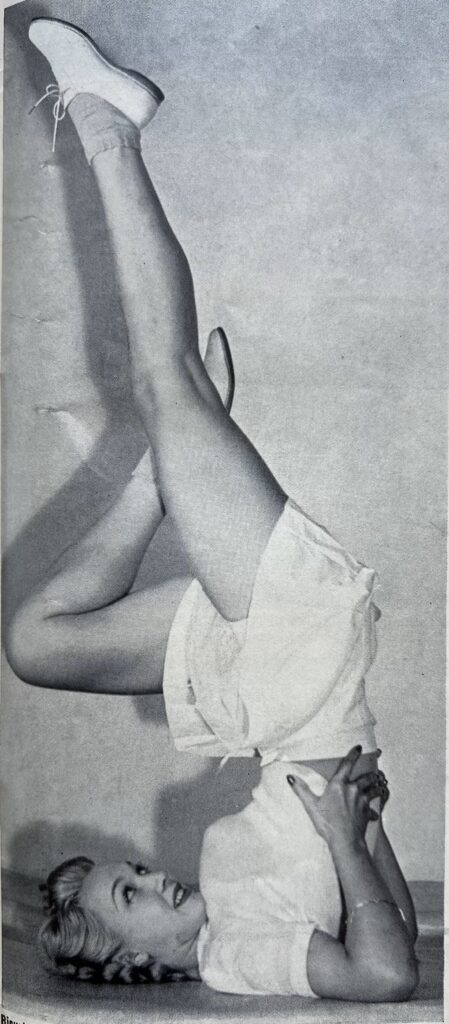
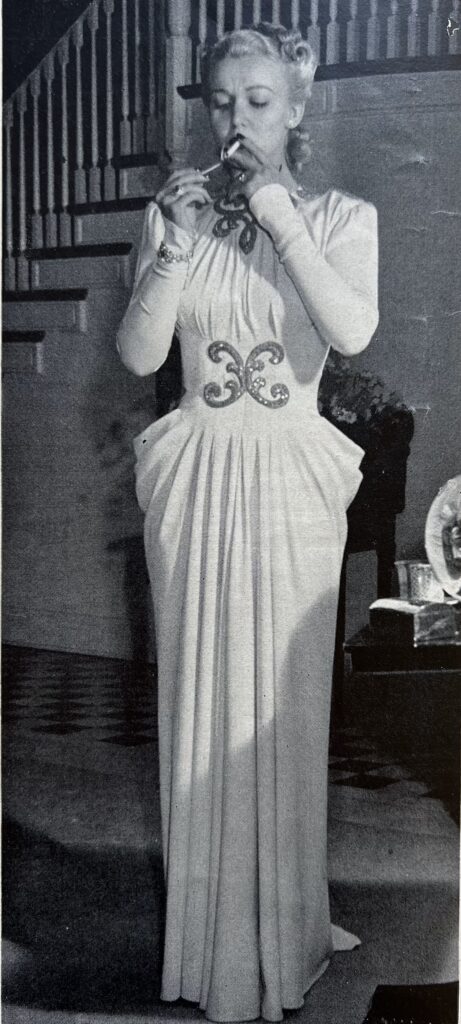
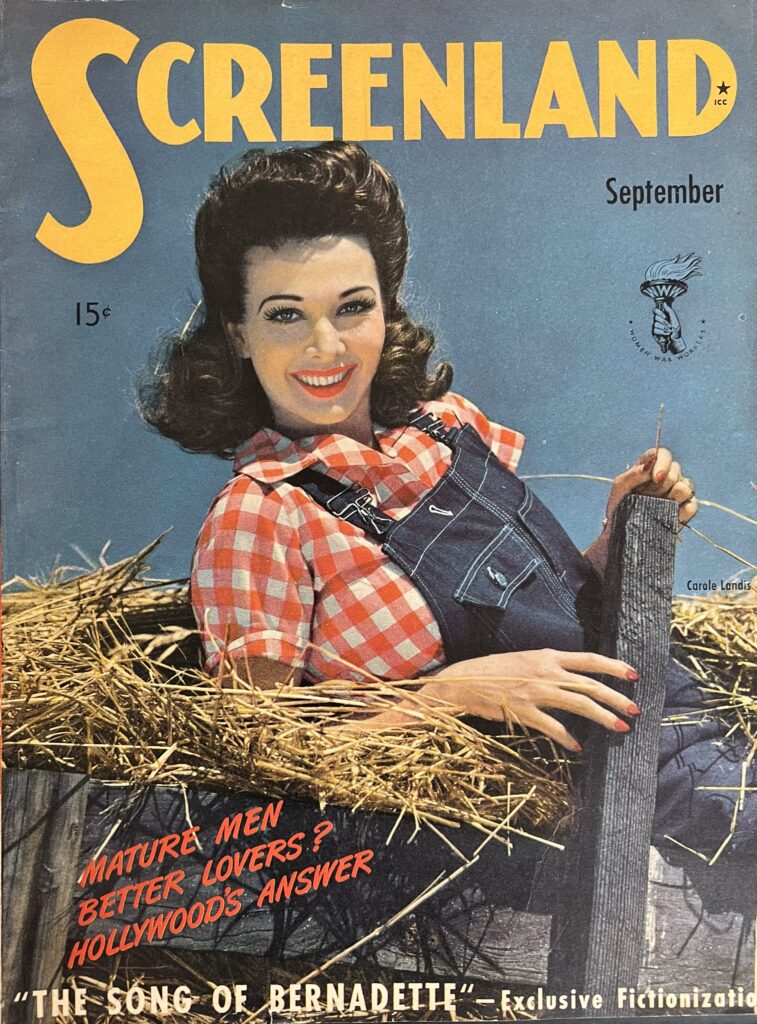
CAROLE MAKES IT BIG IN HOLLYWOOD
After three discouraging years of mediocre parts, Carole Landis got her big break in 1940 at the Hal Roach Studios when she was cast as the female lead in “One Million Years B.C.” She dominated the screen at every turn in a risqué cave-girl outfit, with co-star, male heartthrob, Victor Mature. The film was a hit and Carole was finally a star.
Carole Landis was promoted as the “Ping Girl,” hearkening back to the 1920s when Clara Bow was billed as the “It Girl,” “It” being the equivalent of “sex appeal.” Why the term, “ping?” The answer can be found in the June 17, 1940, edition of “Life” magazine where we read that Carole Landis was “the Ping Girl of America – because she makes you purr.”
Landis biographer Eric Gans wrote that “ping” was the inside Hollywood reference to the excited male member, namely, an erection, something not generally known to readers of “Life.” Landis disapproved of her studio’s “Ping Girl” marketing approach, but was clearly ignored, for the February 1, 1943, edition of “Life,” has only more of the same. Their feature “‘Ping Girl’ Weds Eagle,” celebrated Carole Landis’ third marriage to Air Force Captain Thomas Wallace with numerous lavish photographs.
By the mid-forties, Carole Landis was firmly entrenched in the 20th Century Fox roster of reliable and sexy “B actresses” but never quite seemed to make the transition to “A films,” surely a source of frustration for her. She enjoyed a not-so-flattering status in the Hollywood hierarchy at the time and an associate of Darryl F. Zanuck’s at 20th Century Fox, Milton Sperling, disparagingly referred to Carole Landis simply as their “studio hooker.”
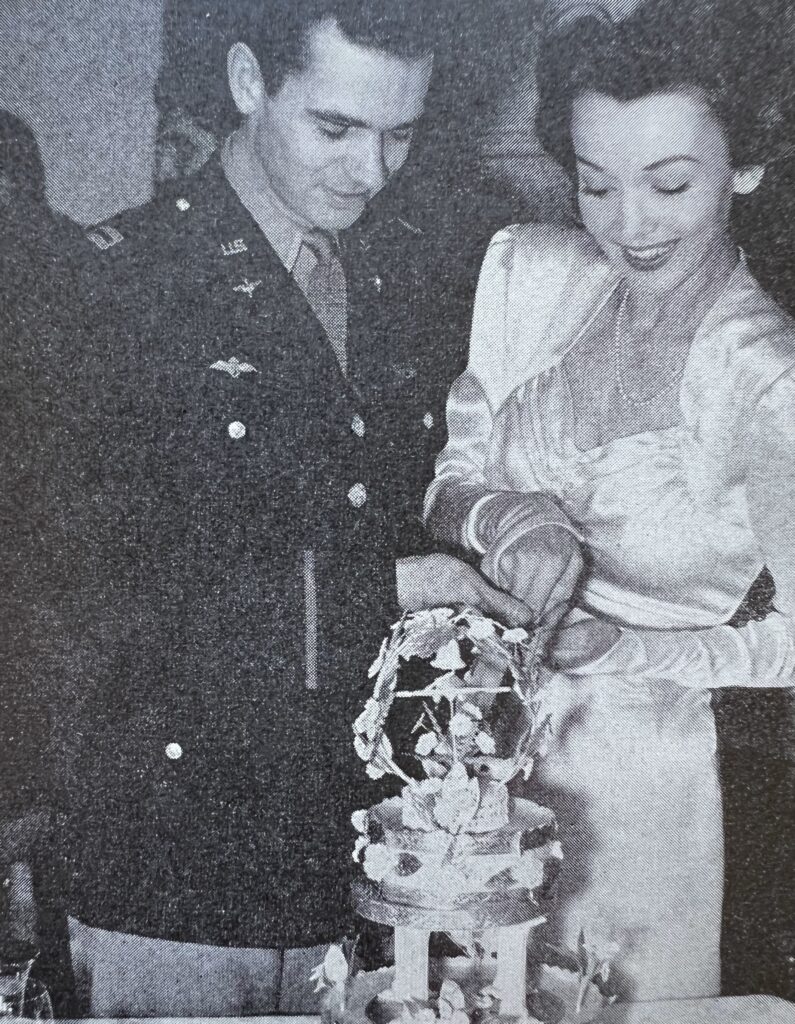
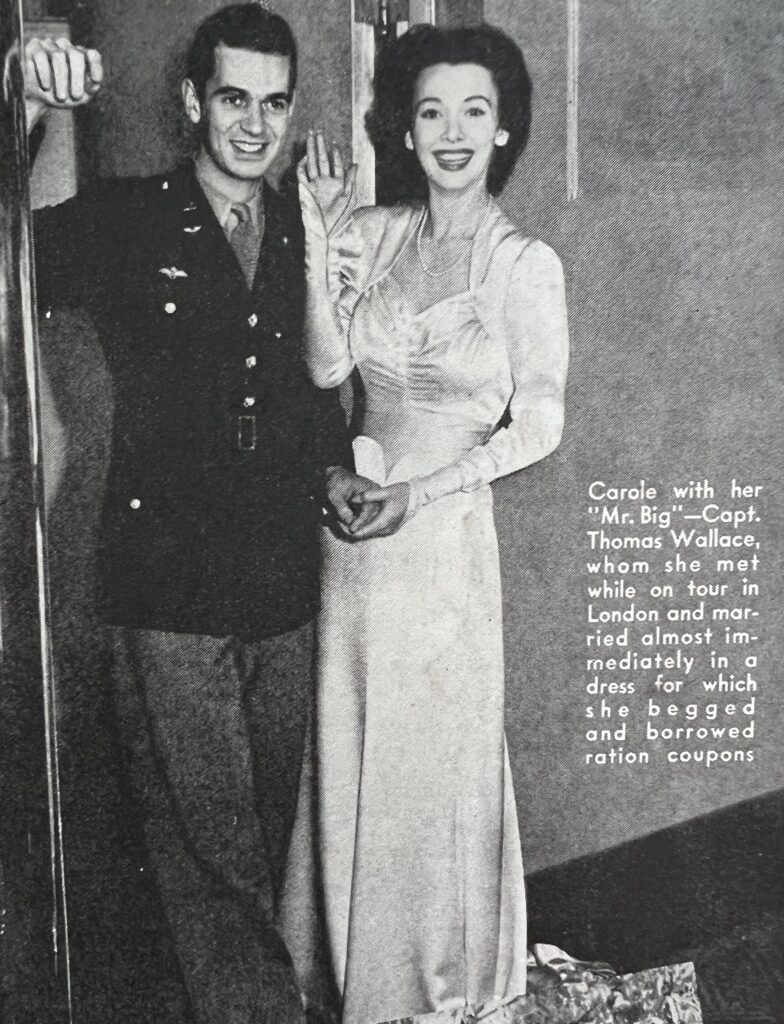
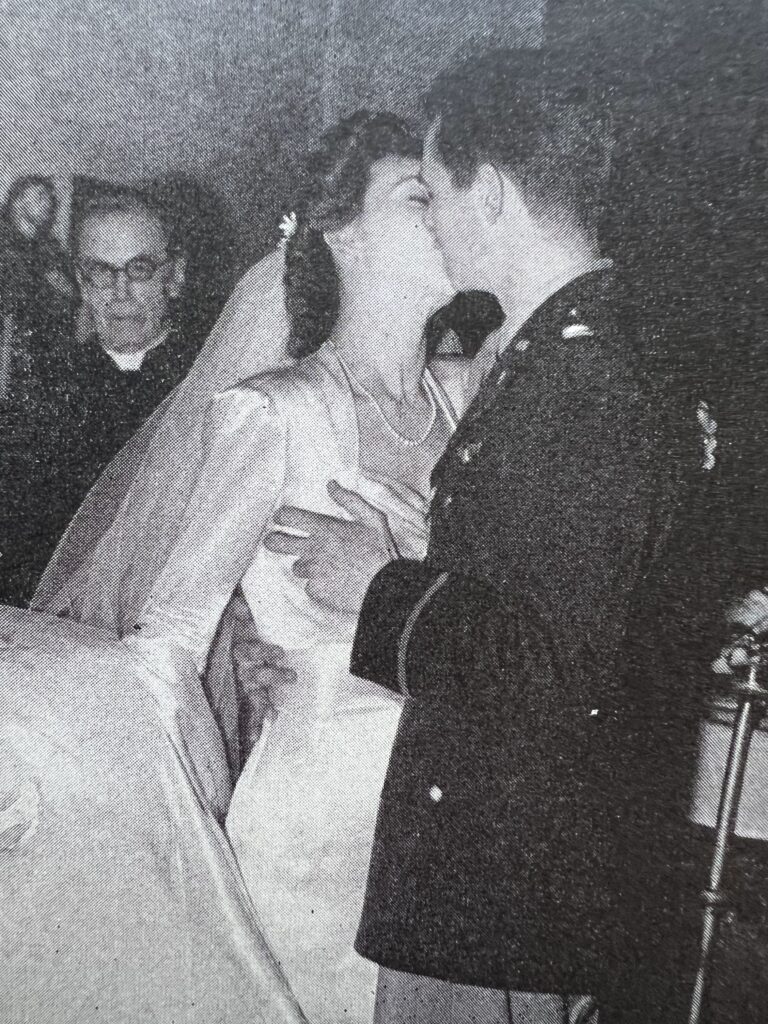


THE BEGINNING OF THE END
Probably the critical event resulting in her demise occurred during the summer of 1947, when Landis had the misfortune to meet and fall in love with British actor Rex Harrison, at that time married to German actress Lilli Palmer. At some point, their romance went sour when Harrison repeatedly ignored Landis’ attempts to get him to leave his wife, so he could marry her.
Landis biographer Gans reported a confrontation between Carole Landis and Lilli Palmer at a July 1947 party given by director John Huston and wife, Evelyn Keyes. According to Keyes, Carole Landis reached into Lilli Palmer’s dress and pulled out her “falsies” which many women wore at the time to create the illusion that they were buxom. What motivated Landis to behave like that – too much alcohol, jealousy, or both? By all accounts, Carole Landis was a kind and caring person. Perhaps she was mean and vindictive underneath the Landis façade? The question may never be answered.
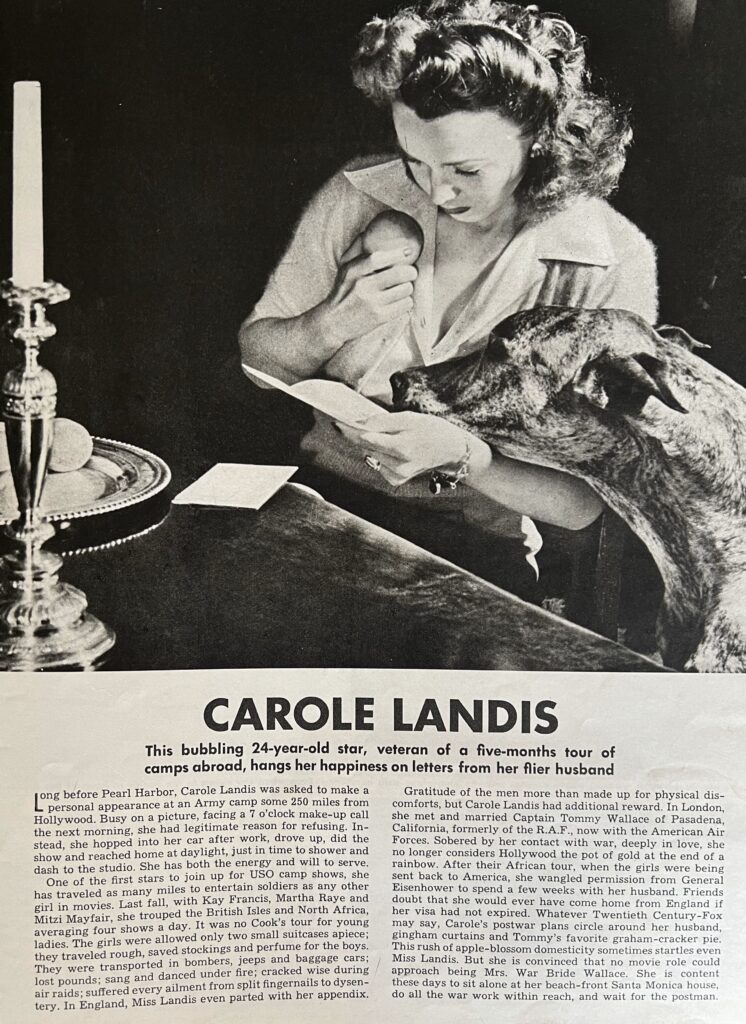
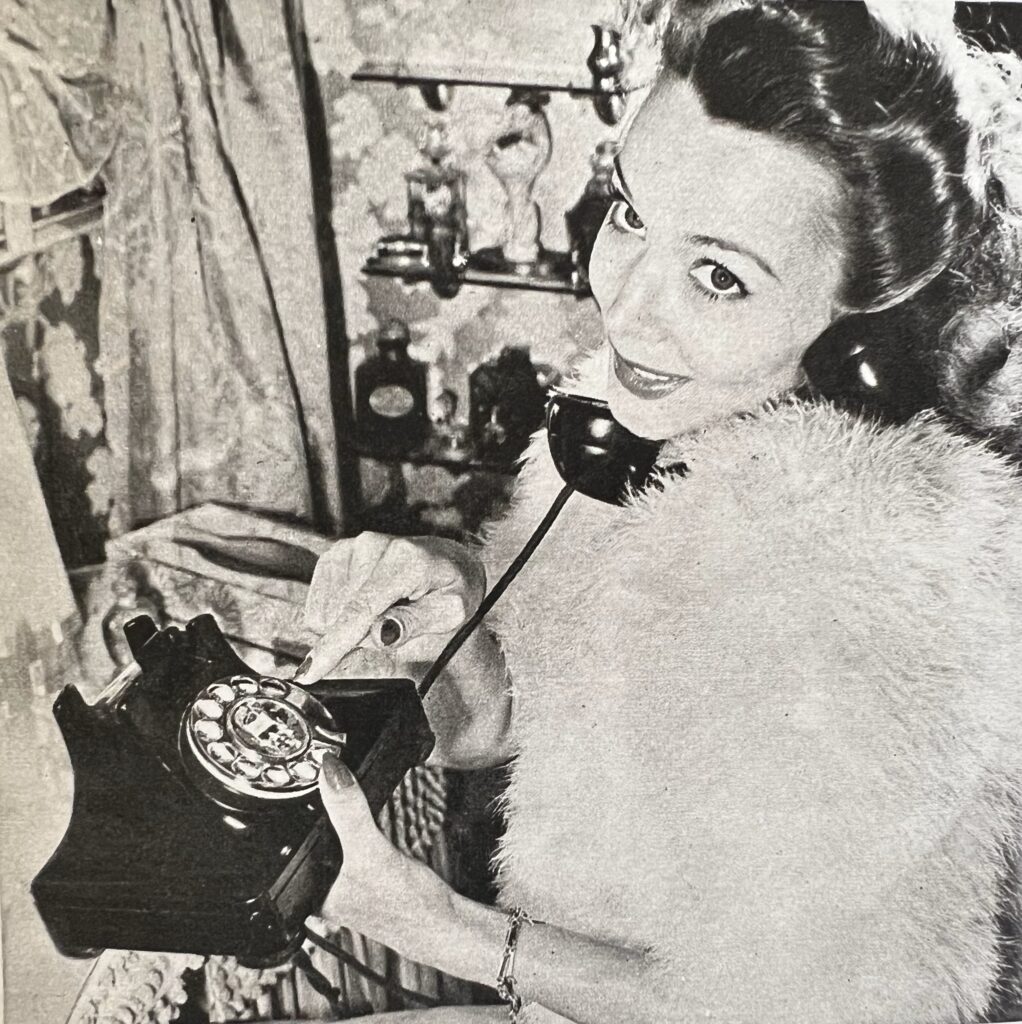
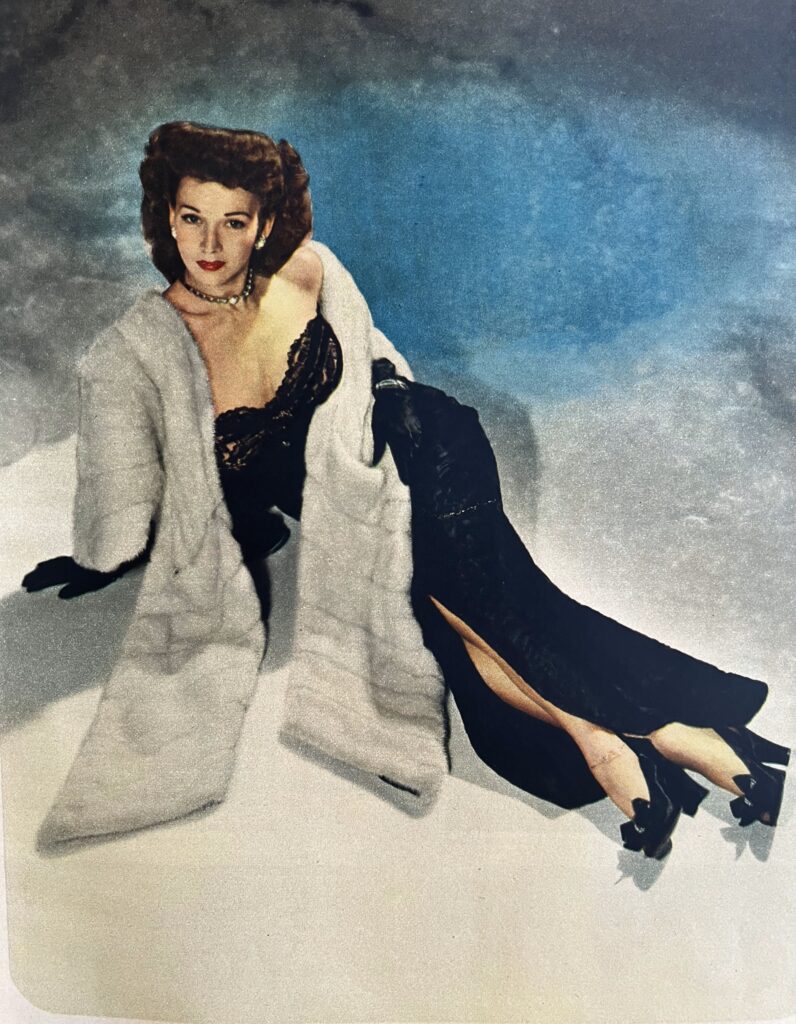
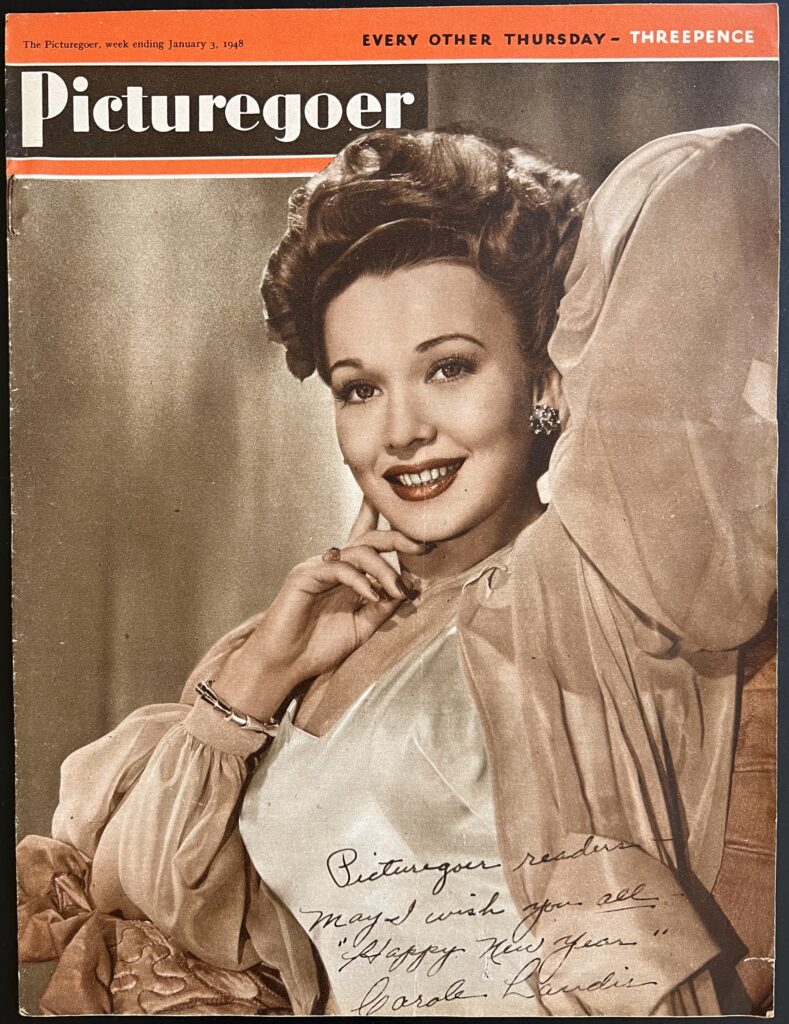
In 1945, Landis, who’d turned to the stage, befriended Jacqueline Susann, who later became a bestselling author. Jacqueline Susann’s biographer, Barbara Seaman, reported that the writer revealed that Carole “was in love with her” and that the two had a Lesbian relationship during the Broadway musical, “A Lady Says Yes.” Susann later based the suicidal Jennifer North character in her 1967 book, “Valley of the Dolls,” on her memory of Carole Landis.
Rex Harrison attended a July 4th dinner at Carole’s home but left early to meet a colleague. Landis, who’d been pressuring him to leave his wife, realized she’d failed. Overwhelmed and futile, Carole Landis took an overdose of sleeping pills that night. She’d penned a suicide note to her mother and allegedly, a second to Rex Harrison. There were also rumors of a Landis personal diary and cache of love letters, all of which mysteriously disappeared, along with Harrison’s note.
During a coroner’s investigation, Rex Harrison stated that Carole Landis had been nothing more than a friend to him. It was the era when a scandal could ruin a career and he was instinctively protecting himself.

Thus ended the life of young Carole Landis. Her choice of men had been deadly, so Carole Landis decided she’d had enough. She left our world, early morning, July 5, 1948, hours after making that fateful decision to take a fatal overdose.

